More than a year after Acacia was pulled from Darwin and Palmerston EDs, there has been no date set for its reintroduction and staff are demanding significant change before they will go near it.
Issues with the Northern Territory’s “largest and most complex digital project” ever undertaken have been well documented.
This masthead previously reported in January just how much patient safety had been compromised in RDPH EDs after it was introduced on November 11, 2023.
In February this year, an inquiry into Acacia was led by the Public Accounts Committee after they received a referral from Treasurer Bill Yan.
The submissions into the inquiry have now been published.
This included reports and letters from NT Health and Department of Digital and Corporate Development (DCDD), the Australian Medical Association of the Northern Territory (AMA), the Australian Nursing and Midwifery Federation Northern Territory (ANMF NT) and the Royal Australian and New Zealand College of Psychiatrists (RANZCP).
While NT Health and DCDD address the additional funds needed and problems faced, submissions from health professionals display the size of burden the system has placed on frontline workers and the level of alarm felt across the Territory.
What is Acacia?
The program Acacia is an integrated health records system that replaced six legacy clinical systems and integrated a few more into a single digital one-stop shop for NT Health frontline staff.
It was first proposed by NT Health in 2016 with a budget of $242 million, which increased to $259 million in 2017.
By 2019, Acacia was designed to be introduced in five stages over five years and was supposed to be fully operational across all NT health facilities by the end of 2021.
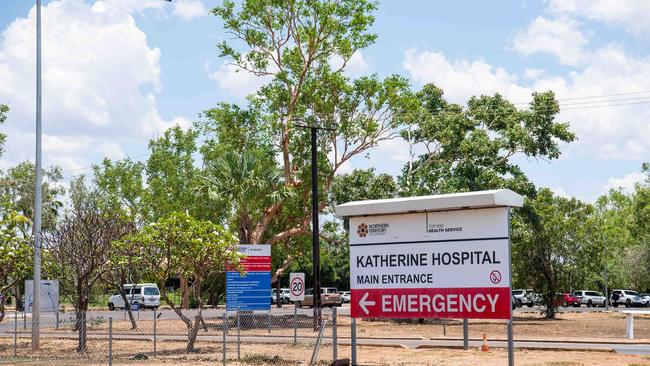
But due to a series of problems including the Covid-19 crisis, the program designed and built by InterSystems was only first launched as read-only access to a patient’s electronic record (EPR) in 2020.
By the time it was introduced to Royal Darwin Hospital and Palmerston Regional Hospital EDs (RDPH), Acacia was labelled a threat to patient safety and serious problems were being reported.
NT Health addresses rise in budget
In a 47-page report, NT Health and DCDD address the rise in budget of 24.7 per cent, the reported issues and its current status.
When addressing the increased costs, they stated the biggest contributor was the staffing and resource costs due to the timeline being extended.
Four major delays were noted.
The first was in 2018 when NT Health commissioned and opened Palmerston Regional Hospital which “diverted a number of clinical resources who had been assisting the Program”. This resulted in a nine-month delay.
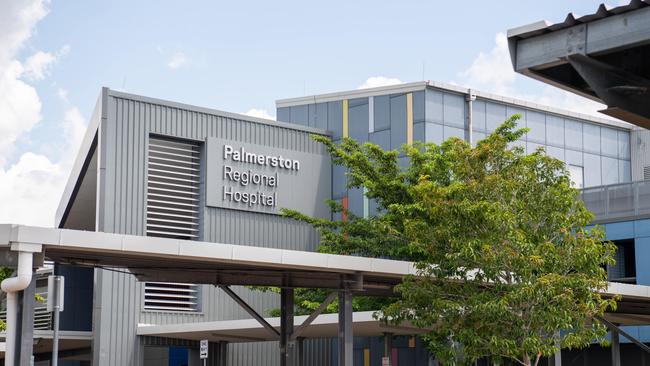
It was again pushed back for four months in 2019 when they revised the implementation approach and then Covid-19 resulted in large delays in 2020 and 2021.
Despite leadership making “every effort” to keep things on schedule, it became clear in 2022 they only had enough left of the budget to sustain the system for another two years.
This was stated publicly that year by former chief executive of DCDD, Chris Hosking, who was made chief executive of NT Health in 2024, and gave evidence before the Estimates Committee.

“We are at a point where we will probably have some funding pressures later in the program because there is a cost to keep the project afloat,” he stated.
A shortfall of $63.4 million was identified, however NT Health and DCDD were told to meet this from their existing budget appropriations.
By October a remediation solution had been achieved and met by:
-$23.2 million from internal reprioritization of DCDD’s budget appropriation
-$10 million resulting from the CARE project being delivered under budget
-$6.2 million from surplus cash balances held by DCDD
-$24 million from internal reprioritization of NT Health’s budget appropriation
This meant DCDD contributed $39.4 million and NT Health $24 million.
Problems: 34 system issues identified after Acacia rolled back
NT Health and DCDD mentioned the level of preparation undertaken before Acacia was rolled out in RDPH EDs due to the fast paced and high-pressure nature of the departments.
But when Acacia was deployed, difficulties were still reported.
The bodies said this was mainly due to productivity slowing as staff got used to the new system, the “significant resource and bed pressures” being experienced at the hospitals, Acacia requiring more data entries and clicks than the previous system and how it affected staff morale.
“The combination of high workloads, staff shortages and other non-Acacia operating pressures was compounded by the transition to Acacia,” they stated.
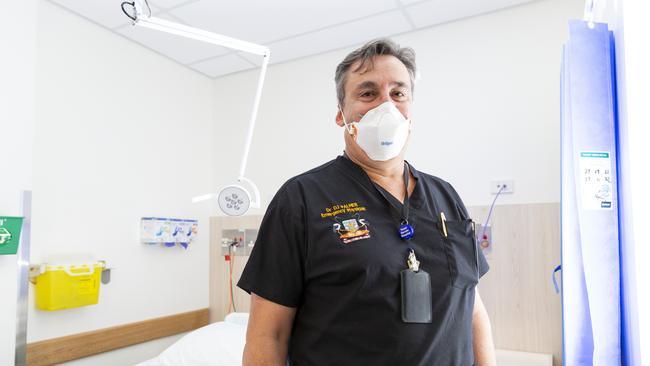
“The Director of Emergency Medicine at Royal Darwin and Palmerston Hospitals surveyed senior clinical professionals in the ED and reported the strain of operating environment was at a point where intervention was necessary to ensure the ongoing wellbeing of the ED workforce.”
Acacia was rolled back in February, 2024 and 34 issues were identified.
Acacia 1.0 was due to be reintroduced to the EDs in April, but the deadline has passed with no word on the reimplementation.
Frontline staff say Acacia was rolled back due to significant risk to patient safety
In a 33-page report, AMA slammed the program by detailing the significant issues faced by frontline staff and criticised the cost escalation and lack of transparency.
The issues faced covered technical stability, clinical usability, workflow integration, and data governance.
Some of these were raised by clinicians in KDH and GDH when Acacia 1.0 was first installed but were not acted upon.
When issues were raised, responses from support staff were described as “incredibly patronising” and issues of significant clinical risks – such as direct harm to patients – were not treated with the required level of urgency.
These problems meant the system was actively “putting lives at risk” according to frontline staff.
One clinician who was surveyed said: “Acacia has made my work in the emergency department so unsafe that I don’t want to come to work.
“I can’t deliver any kind of remotely acceptable care to my patients.”
AMA said they had been approached by staff who said they were being allegedly targeted when raising clinical concerns about Acacia.
If true, they said this “chilling effect” was preventing the capturing of the full extent of risks and near misses.
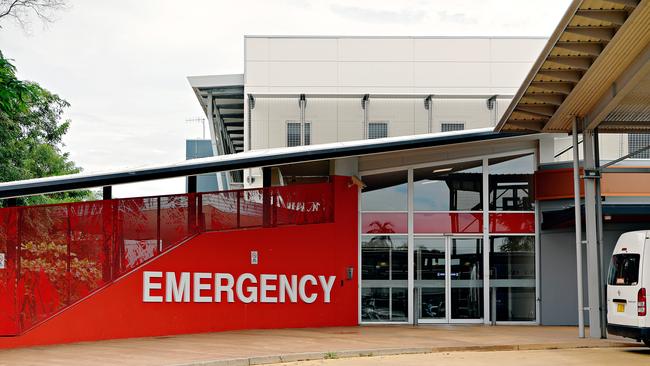
Saying the challenges “far exceeded typical ‘teething problems’”, AMA stated ED staff described the system as “unsafe” and the rollback of Acacia was necessary to protect patient safety, not just staff wellbeing as described by NT Health and DCDD.
“The Acacia experience underscores the absolute necessity of deep, empowered clinical leadership and engagement throughout the entire life cycle of such complex projects,” the report stated.
“Clinicians must be partners in design and decision-making, not just end-users adapting to flawed systems.”
It was recommended a rigorous and independent review of the enhanced Acacia system be carried out before its reintroduction.
AMA also called for more transparency in reporting progress and budget changes as well as more accountability measures between NT Health and DCDD.
Emergency staff refuse to use Acacia until it is made ‘usable’ and not a risk to patient safety
These issues with Acacia were reflected in the submission from Cath Hatcher, branch secretary for ANMF NT.
After speaking with public sector clinical nurses and midwives from around the Territory, she said no one had a “kind word” to say about Acacia.
Noting issues faced in remote and urban areas, she said the system had added to nursing workload, was not user friendly and was “posing significant risks to patient safety”.
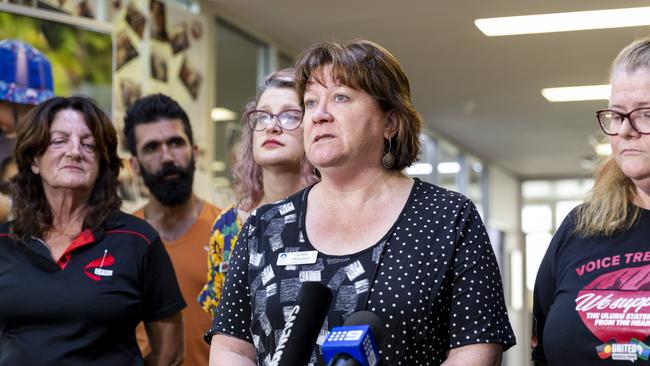
Staff reported issues flagged prior to roll out were not dealt with before November 2023.
“Emergency DR’s and nurses at RDPH decline to use this system until, either all the issues are fixed and rectified or a new usable system is implemented,” she stated.
“Clearly there has been an enormous amount of money spent on this IT medical records Acacia system.
“According to all nurses/ midwives spoken to about this, it is a fraught system with many issues, and a risk to their patient’s safety and to their own nurses/ midwives registration.”
Chair of RANZCP Northern Territory Branch, Dr David Chapman, which represents 36 fellows and 29 members training to be psychiatrists, said he appreciate the importance of a system like Acacia.
But in practice, the system, designed to make things easier and more joined up, had increased the administrative burden on frontline clinicians and disrupted service delivery.

“Moreover, there is growing concern that Acacia is not fit for purpose in meeting the complex needs of integrated mental health, alcohol, and other drug services, “ Dr Chapman added.
“If not addressed, these shortcomings could severely limit the return on the Territory government’s investment and delay progress toward a more equitable, efficient, and integrated health system.”
The ongoing issues and roll back of the system in EDs was labelled “particularly alarming” for mental health given the high rates of mental health related emergency department presentations in the NT where professionals need “timely” access to patients.
Dr Chapman mentioned the 2018 data breach which included leaking the details of mental health patients who have received electroconvulsive therapy.
“Disclosure of medical records may make people feel ashamed and can impair treatment and recovery,” he added.
“If an individual’s history of mental illness and treatment becomes public or falls into the hands of a third party, this may result in serious personal and professional consequences.”
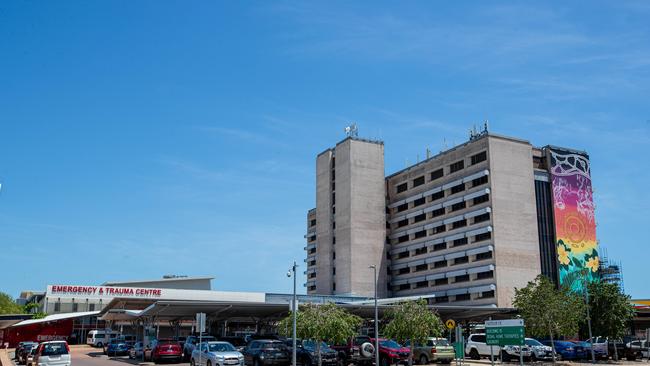
NT Health and DCDD still label Acacia a ‘success’ despite significant issues and no dates confirmed
When asked about the current status and timeline for the project, NT Health and DCDD said the dates were still to be confirmed.
However at the end of 2024, it was estimated the rollout of Acacia would not be operational until at least 2027.
While they acknowledged there had been problems, the bodies said the program remained necessary and had been “successful” so far.
Referencing positive testimonials attached to the report from senior clinicians, it was concluded: “Challenges are to be expected of a program of this size, scale and complexity.
“Significant progress has been made to date to implement Acacia within the Northern Territory’s public hospitals and primary health care settings.
“Once fully implemented, Acacia will transform the delivery of public health care across the Northern Territory.”

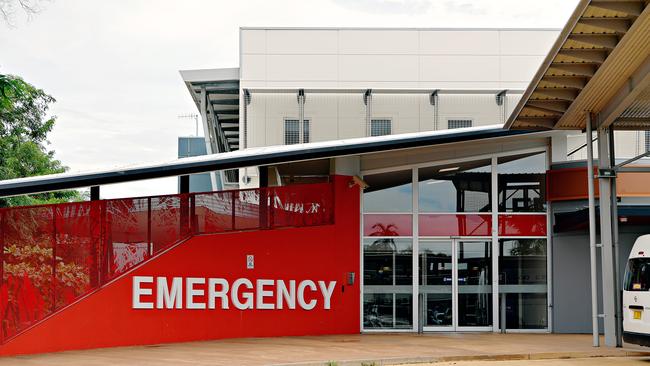
Add your comment to this story
To join the conversation, please log in. Don't have an account? Register
Join the conversation, you are commenting as Logout
Escaped prisoner spends 72 days on run before being tasered, caught
An escaped prisoner, accused of spending more than two months on the lam in Alice Springs, has been caught, charged and hauled before a judge. Read the latest.
NT government confirms Katherine prison work camp plan
The Northern Territory government has signed an agreement to transform Katherine CDU Rural Campus into a 198-bed open-security work camp focused on prisoner rehabilitation and skills training.